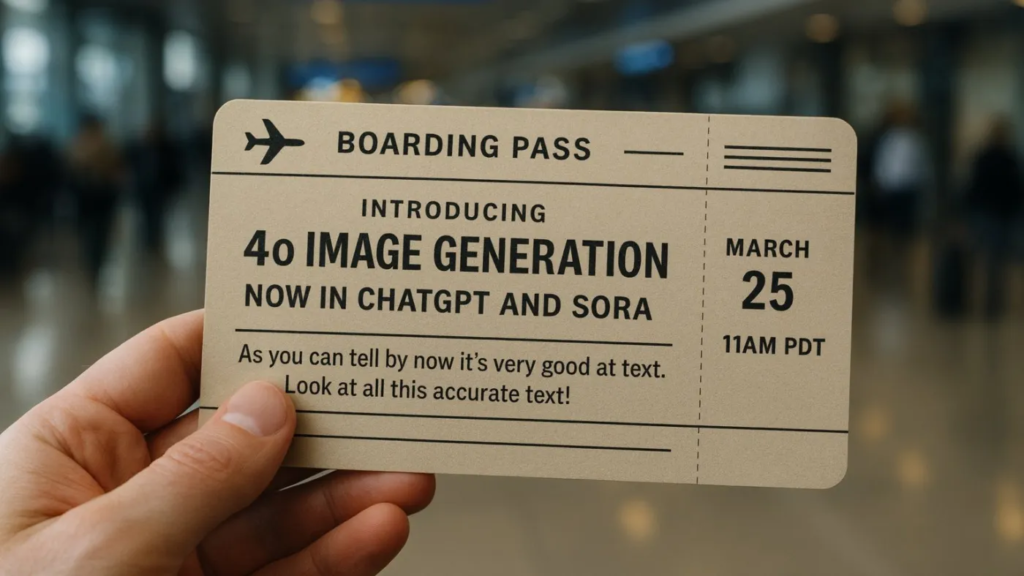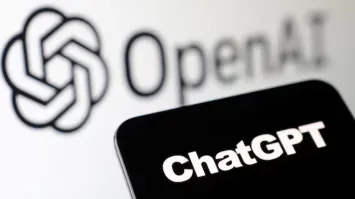OpenAI has recently introduced GPT-40, a fresh tool that enables users to generate pictures through text entries. The GPT-4o AI engine enables this feature to generate improved realistic images above those produced by DALL-E and older tools. Users who utilize the service free of charge or as paying customers will both gain access to the ChatGPT platform.
During a live video, OpenAI’s CEO, Sam Altman, showed off the tool by making a fake boarding pass. He said this is the biggest upgrade to ChatGPT’s image skills in over a year. Now, you can ask for specific details like colors, sizes, and even see-through backgrounds.
How the New Image Tool Works
Users can make requests like “Draw a red dragon flying over a castle at sunset” for ChatGPT to generate detailed pictures instantly. That is what GPT-4o can do. The system deduces the data you provide before performing thorough mental operations to develop images that lack distortion. The image generation process using GPT-4o occurs at a reduced pace compared to DALL-E, yet the accuracy of details produced by GPT-4o exceeds that of DALL-E.

You can also edit photos. For example, add a hat to a person in a picture or change the background from a beach to a forest. The AI keeps the lighting natural so that edits look real.
Who Can Use the Image Tool
Right now, people who pay $20 a month for ChatGPT Pro can use it. Soon, free users and teams will get access to it. Developers can add this tool to their apps using OpenAI’s system.
OpenAI taught GPT-4o to use pictures from the internet and partners like Shutterstock. They’re careful not to copy living artists’ styles. If artists don’t want their work used, they can fill out a form to opt-out.
Keeping Artists Safe
Some people worry that AI might steal artists’ ideas. OpenAI says GPT-4o won’t copy living artists’ work. They also let websites block their AI from taking images.
Brad Lightcap, OpenAI’s boss, told the Wall Street Journal, “We make sure our AI doesn’t mimic artists’ unique styles.” This helps protect creators while letting others make fun images.

Challenges and Competition
Google’s AI image tool, Gemini, recently messed up by letting people take pictures of copyrighted characters like Mickey Mouse. ChatGPT’s tool has stricter rules to stop that. But no system is perfect, so OpenAI will keep updating it.
Tech companies race to build the best AI. OpenAI mixes free and paid data to train GPT-4o, which might become the new normal. Still, lawsuits about stolen ideas could pop up.
Why This Matters for Everyone
This tool is great for teachers, artists, and businesses. A teacher could show students a pyramid being built. A bakery could design a cake logo in minutes. But bad actors might try making fake photos, so OpenAI will watch how people use it. As AI gets smarter, tools like this could change how we work and create. For now, ChatGPT’s image-maker is a fun and powerful step into the future.





